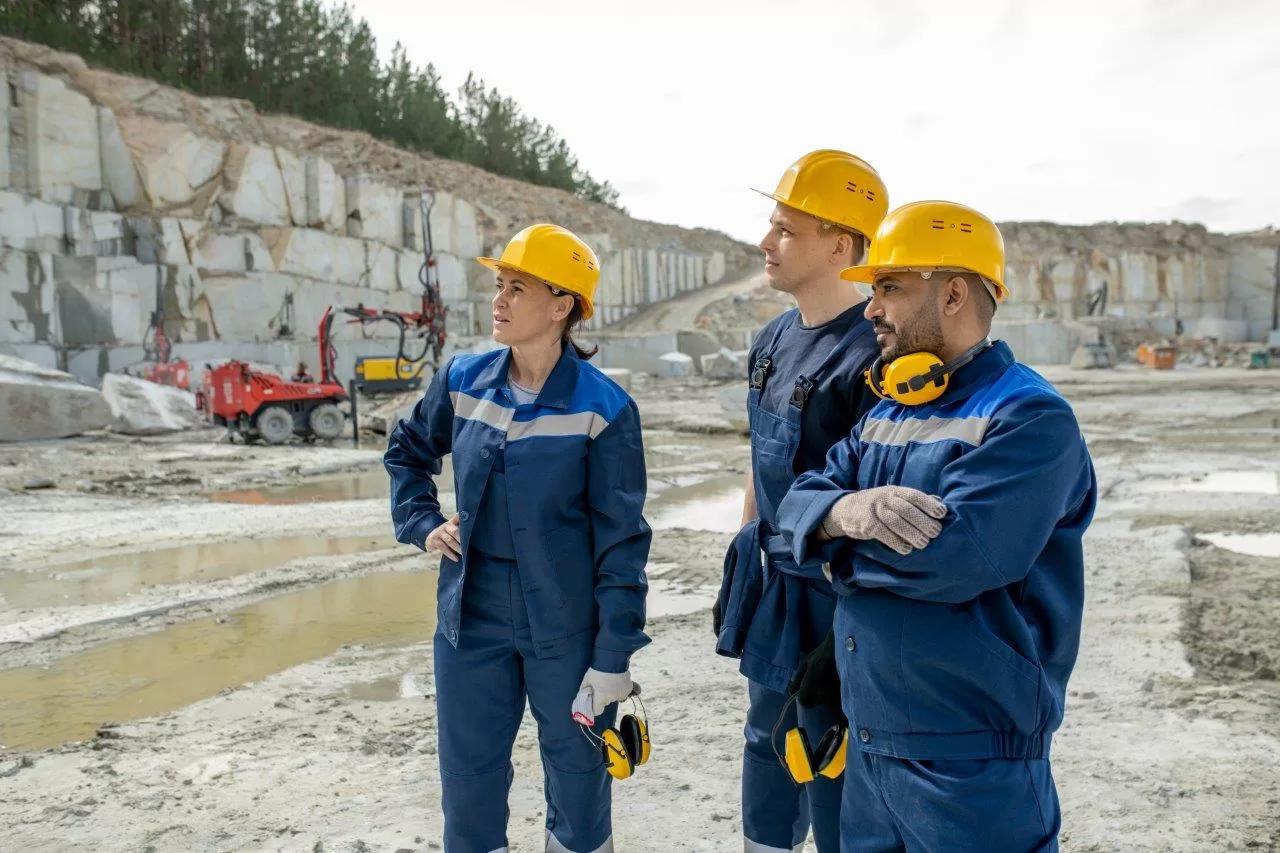- Origin of Granite: Granite is an igneous rock formed deep within the Earth’s crust through the slow crystallization of magma. It typically originates from large magma chambers beneath the Earth’s surface. The composition of granite consists primarily of quartz, feldspar, and mica, along with other minerals, giving it its distinctive appearance and durability.
- Popular Granite Mining Locations: Granite is mined extensively in various regions around the world, with notable granite deposits found in countries such as Brazil, India, China, Italy, and the United States. Each location offers unique varieties of granite distinguished by color, texture, and veining patterns. For example, Brazil is renowned for its exotic granite varieties like Santa Cecilia, while India produces premium quality granites such as Black Galaxy and Kashmir White.
- Mining and Extraction Process: The extraction of granite begins with identifying suitable quarry sites containing large deposits of granite. Once a quarry site is selected, the extraction process involves drilling, blasting, and cutting the granite blocks from the bedrock using specialized equipment and machinery. The extracted granite blocks are then transported to processing facilities for further refinement.
- Processing and Fabrication: At the processing facility, the raw granite blocks undergo several stages of fabrication to transform them into usable slabs for countertops. This process includes cutting the blocks into manageable sizes using diamond wire saws or gang saws, followed by surface polishing to enhance the granite’s natural luster and smoothness. Additionally, intricate edge profiles and designs may be added to the slabs using advanced cutting and shaping techniques.
- Distribution and Installation: Once the granite slabs are processed and fabricated, they are ready for distribution to retailers, wholesalers, and fabrication shops. Customers can select their desired granite slabs based on color, veining, and size preferences. Professional fabricators then measure, cut, and install the granite countertops in kitchens, bathrooms, and other residential or commercial spaces according to the customer’s specifications.
In conclusion, the journey of granite from its geological formation to becoming a kitchen countertop involves a complex and fascinating process of mining, extraction, processing, and fabrication. Each step in this journey contributes to the creation of exquisite granite countertops cherished for their beauty, durability, and timeless appeal.
